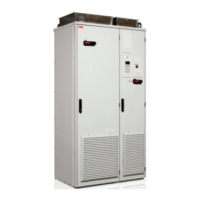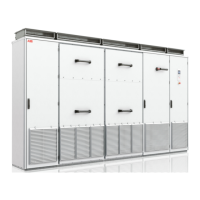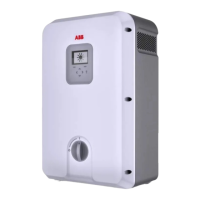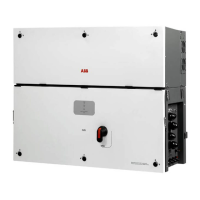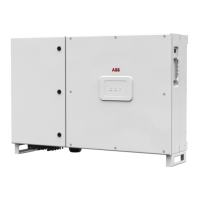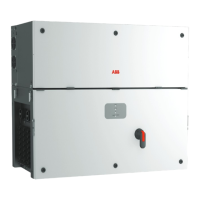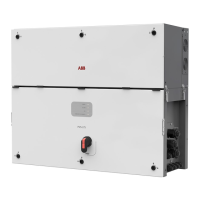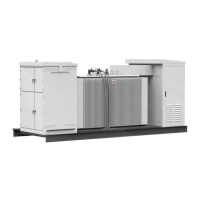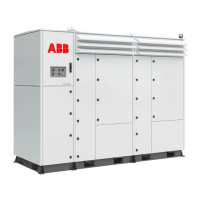80 Planning the electrical installation
Supplying power for the auxiliary circuits
Supply the inverter with rated auxiliary voltage. Protect the supply according to local
regulations with, eg, fuses and/or fault current breakers. Do not connect any additional
appliances to the inverter without consulting with ABB.
Implementing the low voltage ride-through function
The user can define by parameters when the inverter must stay connected to the grid (ie,
the depth and length of the grid voltage transient). The user can also define how much the
inverter supports the grid with capacitive reactive current during the grid voltage transient.
For more information, see PVS800 central inverters firmware manual (3AUA0000058422
[English]).
If a low voltage ride-through function is used with the PVS800-57-100kW-A, PVS800-57-
250kW-A or PVS800-57-315kW-B inverters, the auxiliary power supply must be
uninterruptible (that is, the auxiliary voltage is not allowed to have voltage dips). Use of an
external UPS device (uninterruptible power supply) is recommended in that case.
Supplying circuits from the AC output of the inverter
If the AC output of the inverter is used for supplying any circuits, provide galvanic isolation
as shown in the diagram below. A denotes other equipment and B supplying auxiliary
circuit of the inverter. See also Connecting the external power supply cable for the
auxiliary circuit on page 89. For instructions on selecting the transformer, see section
Selecting the transformer on page 73.
PVS800-57
A
High voltage / Low voltage
PVS800-57
Q10
B LNPE
High voltage / Low voltage

